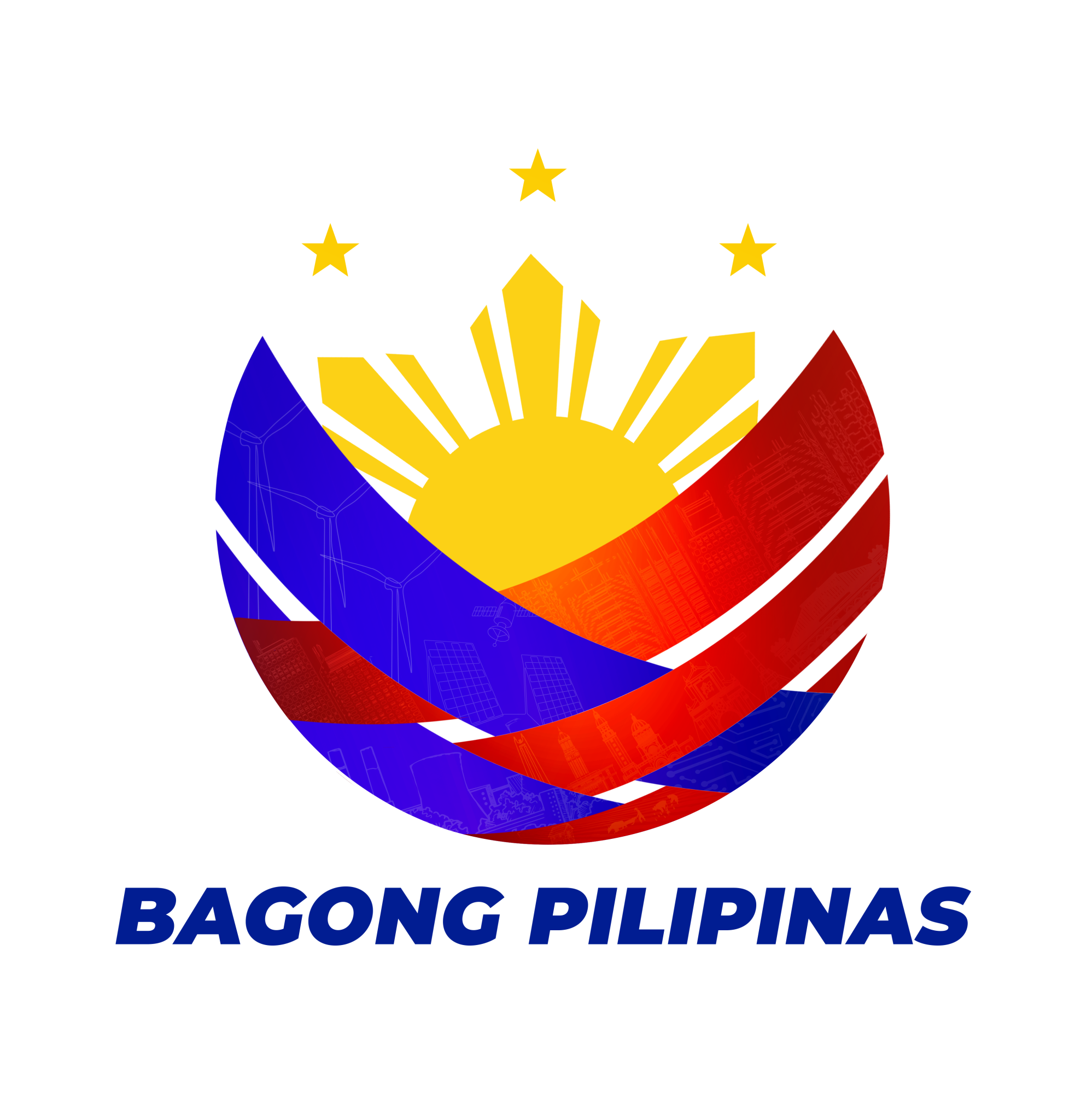
10 July 2015 - The Philippine Embassy in Mexico, led by Ambassador Catalino R. Dilem, Jr., participated in the Feria de Actopan, a cultural event organized by the PPRE government of Actopan, Hidalgo State, to commemorate the founding of the city. This annual festival aims to enrich the knowledge of the people of Actopan about the culture and traditions of other countries, and also to promote Actopan to residents of Mexico.
The city of Actopan is located 125 kilometers north of Mexico City, and only 37 kilometers from Pachuca, the state capital of Hidalgo. The area, which had already been occupied by various indigenous groups since 674 A.C., was formally founded as a city in 1546 under Spain. Actopan is widely known for its gastronomic culture, as well as the temple and former convent of San Nicolas de Tolentino, one of the most famous historical sites in the state of Hidalgo.
The Embassy personnel, along with their families and some members of the Filipino community in Mexico, presented a one-hour program showcasing Philippine culture and traditions at the grounds of the Temple of San Nicolas de Tolentino.
Highlights of the program included a recreation of Bacolod’s “Masskara” festival, with street dancers wearing the iconic “smiling” masks. The program also featured Philippine folk dances such as the binasuan, banga and karatong-subli, choreographed by Filipino community member Ms.Opalyn Dela Cruz Ceron and with the participation of Filipino community members Mr. Josh Viernes and Ms. Al Abao-Vega.
Consular Attaché Fernando Carillo, Jr. delivered an interpretation of popular Filipino love song “Dahil Sa ‘Yo,” while Embassy receptionist Ms. Bernadeth Ablay rendered songs in Filipino (Para Sa Akin) and Spanish (Mis Sentimientos). Ms. Georgina Aranzabal, the Embassy’s interpreter/translator, sang “Si Nos Dejan,” a Mexican love song.
This was followed by a demonstration of arnis de mano, the Philippine national martial art, by Vice-Consul Mikhal de Dios and Mr. Fernando Carillo.
The program concluded with a fashion show of Philippine traditional dresses such as the barong tagalog, maria clara, kimona, terno, abaca wraps, t’nalak, and examples of traditional ethnic attire.
In the closing remarks, Mr. Angel Olivar Monifar of the Office of the Tourism, Culture and Economic Development of the Municipal Government of Actopan said he was grateful to receive the Philippine Embassy and thanked them for the performance. He added that he hoped to see the Embassy in next year’s Feria. END

